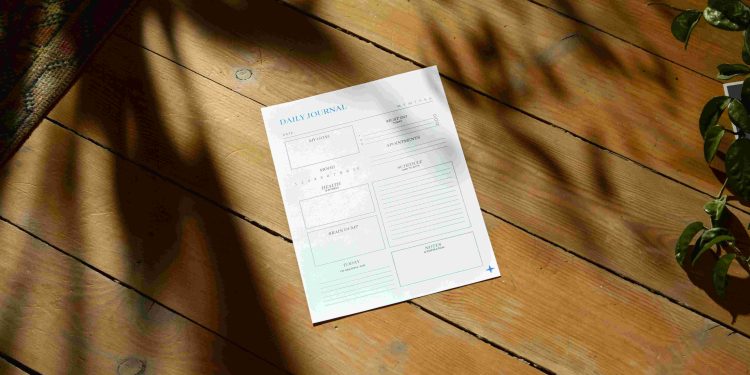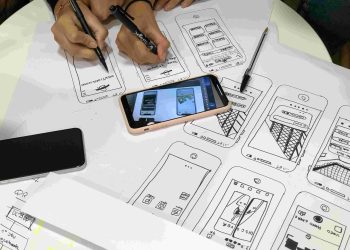Evaluating Design Prototypes Effectively
“A design prototype is not just an artifact; it’s a window into possibilities.”
Yet far too often, prototypes are judged by their polish rather than their potential. This flawed approach cripples innovation, stifles creativity, and narrows the road toward future breakthroughs. What if we unlearn everything we think we know about evaluating prototypes?
Prototypes Are the Canvas, Not the Picture
I vividly recall a moment from early in my design career when a colleague completely dismissed a functionally sound but visually unrefined concept. Their words were blunt: “It doesn’t look finished—it’s a failure.” That moment stuck with me not because I agreed, but because I saw how this kind of thinking limits exploration. A prototype’s success does not lie solely in its aesthetics but in its ability to trigger creative thought and informed decision-making.
Psychologists like Daniel Kahneman have written extensively about cognitive biases, including the “halo effect”—where one positive attribute overshadows other critical factors. In discussion of prototypes, this often translates into prioritizing “looks” over “concepts.” But groundbreaking designs emerge when we shift our focus to deeper layers such as functionality, user interaction, and scalability.
Challenging the Myth of Perfection
There’s a pervasive myth in today’s design culture that every prototype must look flawless to be taken seriously. This thinking is as counterproductive as requiring a rough draft of a novel to be Pulitzer-ready. Leonardo da Vinci himself famously spent years tinkering with rough concepts before producing his masterpieces.
Instead, it may be time to redefine what perfection in a prototype really means. Consider product development giants like IDEO or Google: their initial prototypes often look rudimentary. Why? Because their focus isn’t perfection but functionality, problem-solving, and iteration. Their philosophy is proof that imperfections can be powerful feedback mechanisms. A prototype’s flaws help us uncover overlooked user needs, untapped pain points, and potential areas of innovation.
The Crossroads of Design and Psychology
Great evaluation isn’t just about metrics; it’s deeply rooted in human behavior. Borrowing ideas from psychology, particularly from theories of creativity and open-mindedness, offers a unique lens for this process. Edward de Bono’s concept of lateral thinking encourages evaluators to look sideways—beyond obvious flaws—and into nuanced strengths.
For instance, if a prototype app is clunky to navigate, avoid dismissing it outright. Ask questions: Does the underlying logic make sense? Are there untapped possibilities within its structure? Such questions shift the evaluation toward problem-solving and innovation rather than criticism and rejection.
Predicting the Future of Prototype Evaluation
As technology evolves, the way we evaluate prototypes must also adapt. Consider the rising influence of artificial intelligence (AI): AI tools can simulate user journeys, analyze designs, and predict market potential within seconds. Yet human intuition and creativity remain irreplaceable.
Imagining the near future, hybrid evaluation systems—pairing AI insights with human expertise—may dominate design workflows. This fusion could enable quicker iterations, deeper insights, and more holistic evaluations. Designers will move beyond surface-level judgments, empowered by layered data and predictive analytics to craft groundbreaking solutions.
Actionable Steps for Effective Evaluation
Ready to rethink your approach to evaluating prototypes? Here are key steps:
-
Define clear goals:
Establish specific criteria for success before evaluating. Are you testing usability, scalability, or emotional resonance? -
Embrace imperfections:
Don’t penalize flaws. Dig deeper to uncover hidden strengths. -
Use cross-disciplinary insights:
Borrow knowledge from psychology, engineering, and business to enrich evaluations. -
Teach curiosity:
Encourage evaluators to ask open-ended questions rather than issuing immediate verdicts. -
Iterate collaboratively:
View feedback as continuous cycles of improvement, not final judgments.
Metaphorically Speaking…
A prototype is like a seed. Judging it primarily on its appearance is akin to deciding a plant’s future potential based on the seed’s size and color. The real essence lies beneath the surface—its ability to grow, adapt, and thrive under varying conditions. This mindset not only revolutionizes evaluation but also cultivates a culture of exploration and progress.
Education and Evolution: Building a Legacy of Learning
One of the greatest gifts we can offer ourselves as designers and evaluators is the commitment to lifelong learning. Authors like Malcolm Gladwell and thinkers like Dr. Carol Dweck remind us that every new lens we adopt, every assumption we question, accelerates our evolution.
By embracing education—not as a finite journey but as an ongoing practice—we enable ourselves to foresee trends, connect dots across disciplines, and foster resilience when faced with future challenges. We don’t just become better designers; we become better thinkers.
Closing the Circle
As evaluators of design prototypes, our task is less about issuing judgments and more about opening doors. An effective evaluation doesn’t aim to decide whether a prototype is good enough—it seeks to answer what it could become. This approach challenges traditional wisdom and invites innovation into the heart of our workflows, fostering designs that not only solve current problems but also shape future possibilities.











